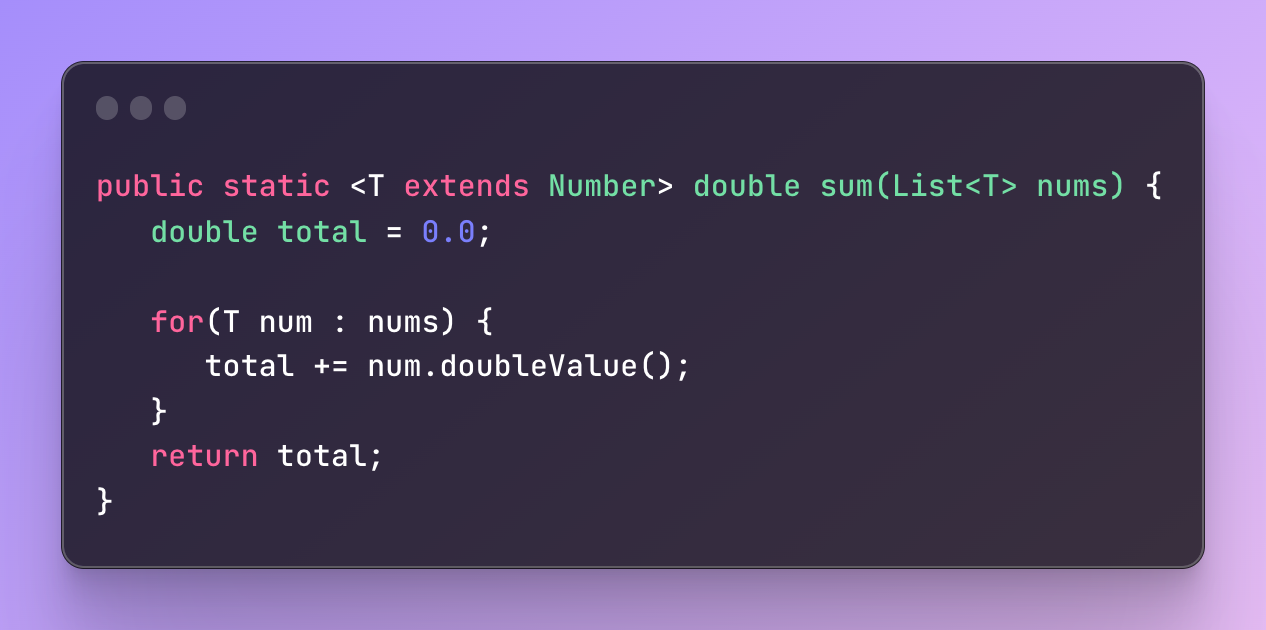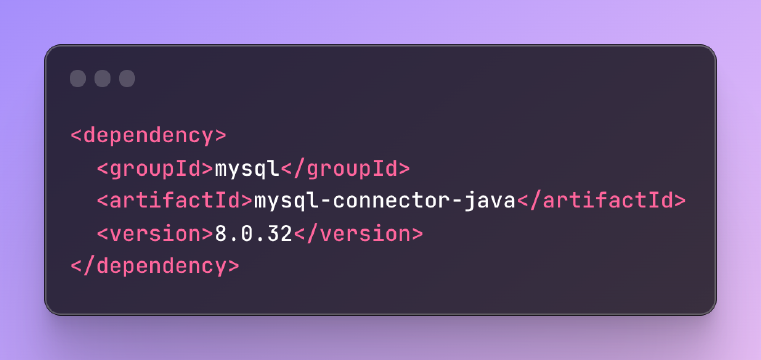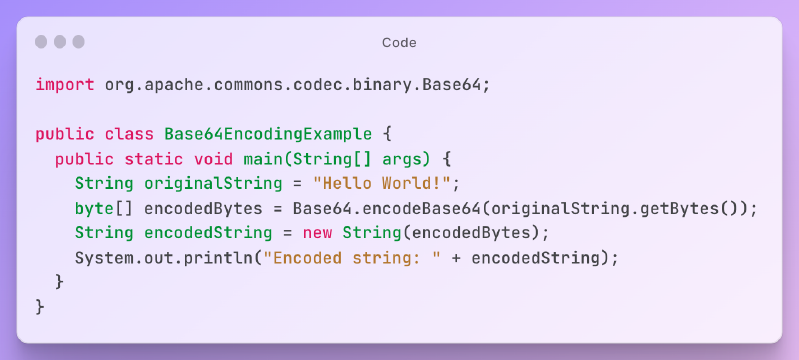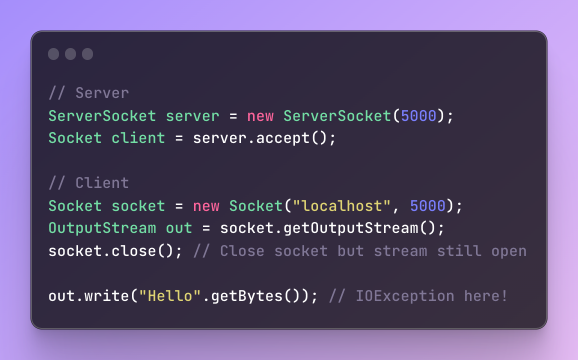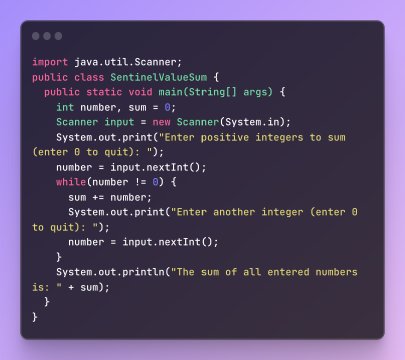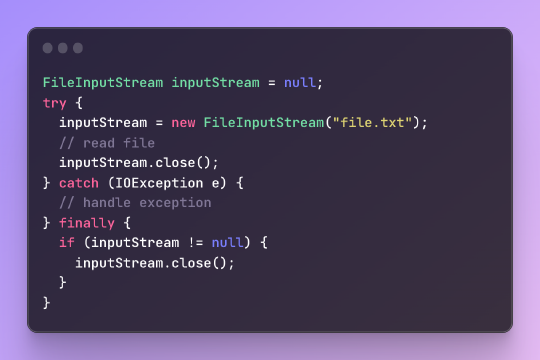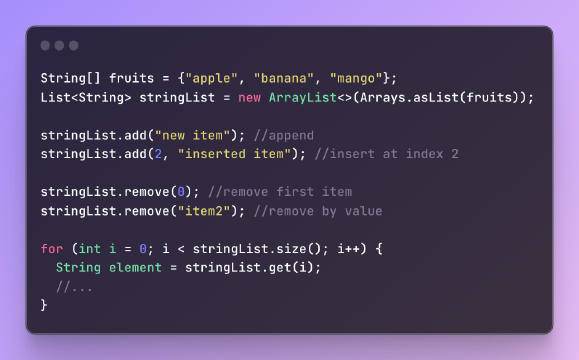Introduction to Generictype Java
Generics were introduced in Java 5 to allow for type-safe reuse of code and algorithms across different types. This is known as generictype java. Before generics, we had to use raw types like List and Map which required explicit casting and were prone to runtime errors.
Generictype java add an extra layer of abstraction over types, enabling us to write flexible and reusable code that can work across multiple types safely. In this comprehensive guide, we’ll cover everything you need to know about generictype java including generic methods, generic classes, wildcards, type erasure, and more.
The Need for Generictype Java
Let’s first understand why generics were needed in the first place. Consider the following code that uses a raw List type:
1List list = new LinkedList();
2list.add(new Integer(1));
3
4Integer i = (Integer) list.iterator().next(); // explicit cast required
We have to explicitly cast the element returned by list to Integer even though we know the list contains Integers. This is because the compiler only knows that list is of type Object at compile time.
To avoid this, we can use generics to specify the element type like so:
1List<Integer> list = new LinkedList<>();
2list.add(1);
3
4Integer i = list.iterator().next(); // no cast required
The generictype java List
Generic Methods
We can define generic methods that work on different types by declaring type parameters inside angle brackets before the return type:
1public static <T> void printList(List<T> list) {
2 for(T elem : list) {
3 System.out.println(elem);
4 }
5}
This printList method will print a list of any type since T represents the element type. Here is an example call:
1List<String> fruits = new ArrayList<>();
2fruits.add("apple");
3fruits.add("banana");
4
5printList(fruits); // prints the string elements
We can have multiple type parameters like <T, U> and use them in the method signature. The compiler will enforce the actual types passed to be consistent.
Bounded Type Parameters
Type parameters can be bounded to only allow certain types using the extends and super keywords:
1public static <T extends Number> double sum(List<T> nums) {
2 double total = 0.0;
3
4 for(T num : nums) {
5 total += num.doubleValue();
6 }
7 return total;
8}
The
Multiple bounds are also possible like <T extends A & B>. The first bound must be a class if present.
Using Wildcards
Wildcards are represented by ? and are useful when writing methods that can work with different types. Consider this method:
1public static void printBuildings(List<Building> buildings) {
2 // ...
3}
We can generalize it to work for Building subclasses like House using a wildcard:
1public static void printBuildings(List<? extends Building> buildings) {
2 // ...
3}
The ? extends Building means any subtype of Building. Wildcards provide flexibility in the types we accept. Upper bounded wildcards restrict types to a type or its subtypes.
We also have lower bounded wildcards like ? super Building which accepts the type or its supertypes.
Generic Classes
Along with methods, we can declare entire classes with type parameters:
1public class Box<T> {
2
3 private T contents;
4
5 public void set(T item) {
6 this.contents = item;
7 }
8
9 public T get() {
10 return contents;
11 }
12}
Box
1Box<Integer> intBox = new Box<>();
2intBox.set(5);
3
4System.out.println(intBox.get()); // prints 5
The generictype java Box class ensures type safety and avoids the need for explicit casting.
Type Erasure
Generics in Java use a technique called type erasure to implement the generic behavior at runtime. At compile time, all type parameters are erased and replaced with their bound type or Object if no bounds are specified.
This ensures compatibility with existing JVM instructions and avoids introducing new runtime types. Here is an example erasure:
1// Before erasure
2public static <T> void method(T arg) {
3 // ...
4}
5
6// After erasure
7public static void method(Object arg) {
8 // ...
9}
The T is replaced with Object. Similarly, any generic type in fields and methods gets erased to maintain binary compatibility.
Generics and Primitive Types
One limitation of generictype java is that type parameters cannot be primitive types like int, double etc.
1List<int> nums; // compilation error
This is because generics are implemented using type erasure to Object at runtime. Since primitives are not objects, they aren’t allowed as type arguments.
We can use the primitive wrapper classes like Integer and Double instead:
1List<Integer> nums = new ArrayList<>();
2nums.add(42); // autoboxing converts 42 to Integer
3
4int num = nums.get(0); // unboxing extracts int value
Autoboxing and unboxing helps bridge this gap. Possible improvements in future Java versions include specialization and reification to allow primitive type parameters.
Generictype Java Enhancements in Java 7 and Above
Some major improvements were made to generics in Java 7 and 8:
- Diamond operator for constructor type inference
- Better target typing and analysis for generics
- Type annotations for improved analysis
- Methods handles introduced for generic invocation
For example, we can use:
1Map<String, List<String>> myMap = new HashMap<>();
Instead of having to repeat the type arguments on right side. Overall, generics have been improved and optimized consistently with newer Java releases.
Conclusion on Generictype Java
Generictype java enable code reuse and algorithms to be written flexibly for multiple types. They provide type safety at compile time without incurring a runtime overhead. Concepts like generic methods, wildcards, bounds, and type erasure give a powerful construct for generic programming.
While Java generics have some limitations like lack of primitives, improvements have been made over different versions. Generics significantly improve type safety and reduce bugs related to raw types and casting.
To learn more in-depth, the Oracle Generics Tutorial is a great next step.
